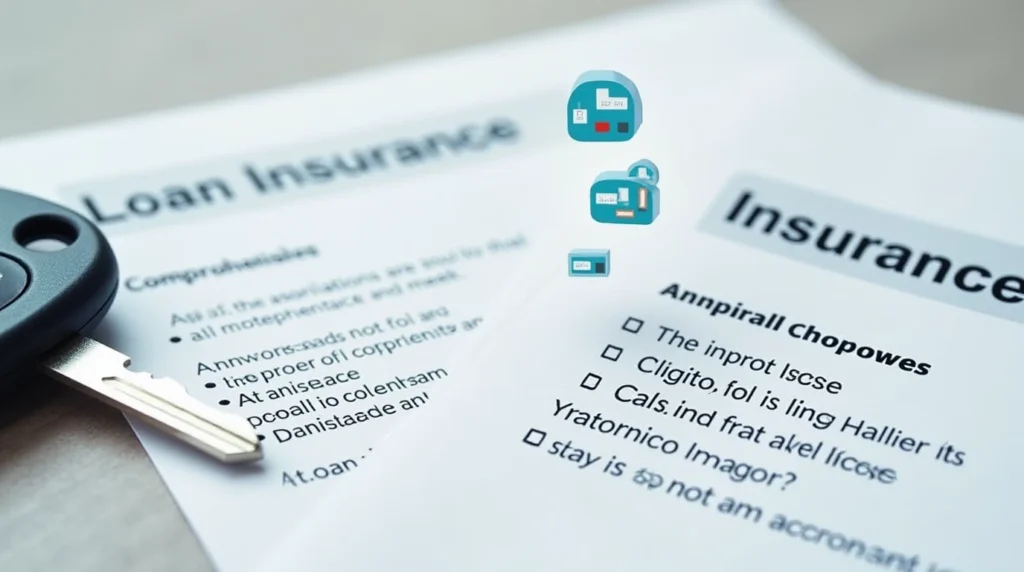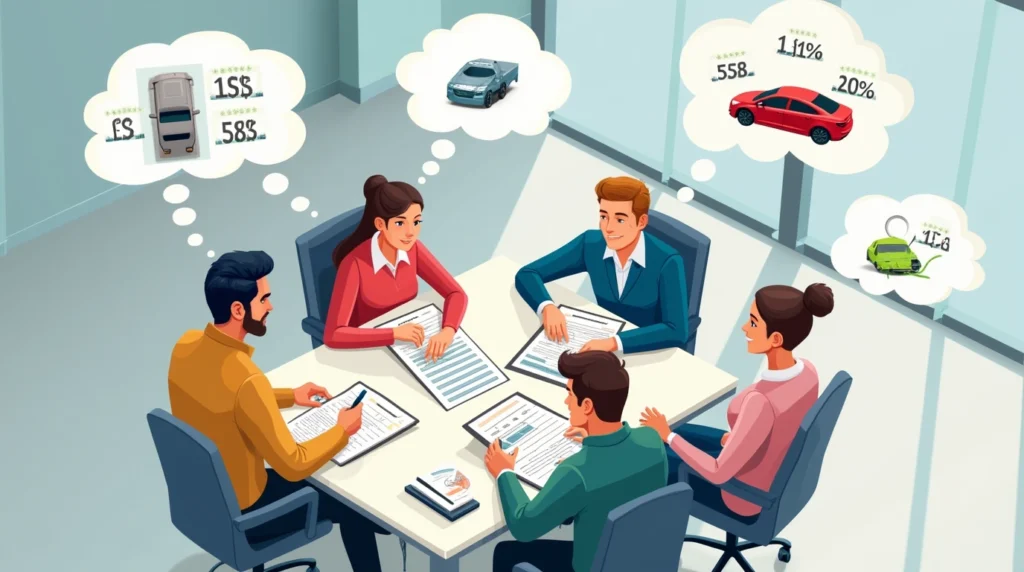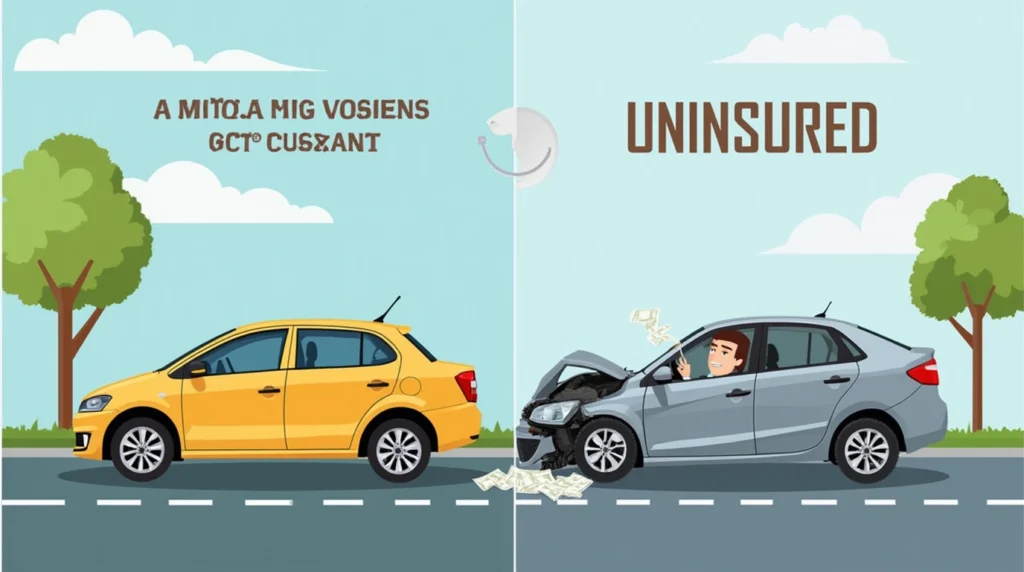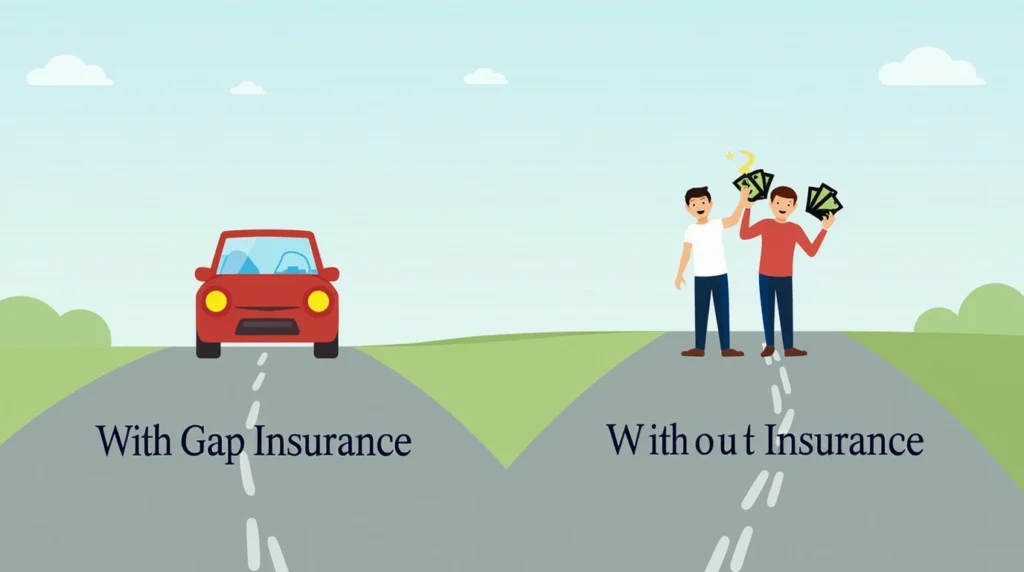When you’re financing a new or used vehicle, understanding your insurance obligations isn’t just about checking a box—it’s about protecting your investment and your financial future. Many car buyers focus solely on securing the best interest rate or monthly payment, only to be caught off guard when their lender requires “full coverage” insurance. But what exactly does this mean, and is it really necessary? This guide explores everything you need to know about insurance requirements for financed vehicles.
What is “Full Coverage” Insurance?
Despite being a commonly used term, “full coverage” isn’t actually an official insurance product. Rather, it’s industry shorthand for a combination of coverage types that protect both you and your lender’s investment in your vehicle.
Typically, full coverage includes:
- Liability insurance: Covers damages you cause to others in an accident
- Comprehensive coverage: Protects against non-collision damage (theft, vandalism, natural disasters)
- Collision coverage: Pays for repairs to your vehicle after an accident regardless of fault
While state laws only require liability insurance, lenders almost universally demand the additional protection of comprehensive and collision coverage—hence the term “full coverage.”
The Gap Between Basic and Full Coverage
The difference between state minimum insurance and full coverage is substantial. For example:
| Coverage Type | State Minimum | Full Coverage |
| Liability | ✓ (low limits) | ✓ (higher limits) |
| Comprehensive | ✗ | ✓ |
| Collision | ✗ | ✓ |
This expanded protection explains why full coverage typically costs 80-100% more than basic liability policies.

Do You Need Full Coverage on a Financed Car?
Yes, you almost certainly need full coverage on a financed car. This requirement isn’t arbitrary—it’s explicitly stated in your loan agreement. When you finance a vehicle, the lending institution technically owns part of that asset until you’ve paid off the loan completely. To protect their investment, lenders universally require full coverage insurance.
Here’s why full coverage is mandatory for financed vehicles:
- Lender Protection: Until you pay off your loan, the vehicle serves as collateral. Without comprehensive and collision coverage, a total loss could leave you making payments on a car you can no longer drive.
- Loan Agreement Terms: Your financing contract contains language requiring you to maintain full coverage throughout the loan term. Failing to comply constitutes a breach of contract.
- Gap Protection: In the event of a total loss, standard insurance typically only covers the actual cash value (ACV) of the vehicle—which may be less than what you owe on your loan. This potential shortfall is another reason lenders insist on comprehensive protection.
What Your Lender Specifically Requires
Most auto lenders require:
- Comprehensive and collision coverage with deductibles typically not exceeding $500-$1,000
- Liability limits that exceed state minimums (commonly 100/300/50 or higher)
- The lender listed as “loss payee” on the policy, ensuring they’re involved in any claims payments
- Continuous coverage throughout the loan term

Financial Implications of Full Coverage Insurance
The requirement for full coverage significantly impacts your total cost of vehicle ownership. On average, adding comprehensive and collision coverage increases insurance premiums by $800-$1,500 annually depending on factors like:
- Vehicle make, model, and year
- Your driving history and credit score
- Your location and driving patterns
- Chosen deductible amounts
Cost-Benefit Analysis
While the extra premium may seem steep, consider this cost-benefit analysis:
- Average financed vehicle value: $25,000
- Average annual cost of comprehensive/collision: $1,200
- Potential out-of-pocket replacement cost without coverage: $25,000
When viewed through this lens, the extra premium represents less than 5% of the potential replacement cost you’d face without proper coverage.

What Happens If You Don’t Maintain Full Coverage?
Dropping full coverage on a financed vehicle carries serious consequences:
- Force-placed insurance: If your lender discovers inadequate coverage, they can purchase a policy on your behalf—typically at 2-3 times the normal market rate—and add the premium to your loan balance.
- Loan default: Failure to maintain required insurance constitutes default under most loan agreements, potentially triggering immediate repayment demands.
- Repossession risk: In extreme cases, lenders may repossess vehicles with inadequate insurance protection.
- Financial exposure: Without comprehensive and collision coverage, you’d be personally responsible for repair or replacement costs following an accident.
Real-World Example
John financed a $28,000 SUV with a $3,000 down payment. Six months later, wanting to reduce expenses, he dropped his comprehensive and collision coverage, maintaining only liability insurance as required by state law.
Three months later, his vehicle was declared a total loss after a severe hailstorm. Because John lacked comprehensive coverage, his insurance paid nothing toward the vehicle damage. Meanwhile, he still owed $23,500 on the loan.
Result: John had to continue making payments on a vehicle he could no longer drive while also finding money for a replacement—a devastating financial double-hit that proper insurance would have prevented.

Beyond Basic Full Coverage: Additional Protections to Consider
While comprehensive and collision coverage satisfy lender requirements, they may not fully protect your financial interests. Consider these supplemental options:
Gap Insurance
Gap insurance covers the difference between what you owe on your loan and what your vehicle is worth in the event of a total loss. This protection is particularly valuable during the first few years of financing when depreciation is steepest.
Without gap coverage, you could face this scenario:
- Loan balance: $25,000
- Insurance payout for totaled vehicle: $20,000
- Your out-of-pocket responsibility: $5,000
Many dealers offer gap insurance at the time of purchase, but it’s often more economical to purchase through your insurance carrier.
New Car Replacement Coverage
Available for newer vehicles, this enhanced protection replaces your totaled car with a brand-new vehicle of the same make and model rather than paying its depreciated value.
Loan/Lease Payoff Coverage
Similar to gap insurance but with lower limits (typically 25% above the vehicle’s actual cash value), this option provides partial protection against loan balance shortfalls.
When Can You Drop Full Coverage on a Financed Car?
There’s a simple answer: you can drop full coverage only after paying off your loan completely.
Until you satisfy the loan and receive the title, the lender maintains a legitimate financial interest in the vehicle and can enforce insurance requirements. Once you own the vehicle outright, you can adjust coverage based on your personal risk tolerance and financial situation.
Factors to consider when deciding whether to maintain full coverage after loan payoff include:
- Vehicle value relative to premium costs
- Your ability to replace or repair the vehicle out-of-pocket
- The vehicle’s age and condition
- Your personal risk tolerance
As a general rule, maintaining comprehensive and collision coverage makes financial sense when your annual premium for these coverages is less than 10% of your vehicle’s value.

Insurance Strategies for Financed Vehicles
While you can’t eliminate full coverage requirements, you can optimize your insurance strategy:
- Shop around aggressively: Premium differences between carriers can exceed 40% for identical coverage.
- Consider higher deductibles: Increasing your deductible from $500 to $1,000 typically reduces premiums by 15-20%.
- Bundle policies: Combining auto insurance with homeowners or renters coverage typically saves 10-15%.
- Ask about discounts: Common savings opportunities include safe driver, low mileage, automatic payments, and telematics programs.
- Review coverage limits: While you need comprehensive and collision coverage, you may have flexibility with liability limits and optional coverages.
- Reassess regularly: As your vehicle depreciates, your optimal insurance strategy may change.
Frequently Asked Questions
Can I have liability-only insurance on a financed car?
No. Financing agreements universally require comprehensive and collision coverage to protect the lender’s interest in the vehicle. Carrying only liability insurance would violate your loan agreement.
What happens if my insurance lapses on my financed car?
If your insurance lapses, your lender will likely purchase force-placed insurance on your behalf and add the premium to your loan balance. Force-placed policies typically cost significantly more than standard insurance while providing less personal protection.
Do all lenders require the same insurance coverage?
While basic requirements (comprehensive and collision coverage) are consistent across lenders, specific details may vary. Some lenders require lower deductibles or higher liability limits than others. Always verify your particular lender’s requirements in your loan documentation.
Is gap insurance required for financed cars?
Gap insurance isn’t typically required by lenders, but it’s highly recommended, especially for new vehicles with small down payments. Without gap coverage, you could face significant out-of-pocket costs if your vehicle is totaled while “underwater” on your loan.
How do I prove to my lender that I have full coverage?
Your insurance carrier will send proof of insurance directly to your lender when you provide the lender’s information. Additionally, your lender should be listed as a loss payee on your policy, which will trigger automatic notifications any time your coverage changes.
Conclusion
When financing a vehicle, full coverage insurance isn’t just a lender requirement—it’s essential financial protection for one of your largest assets. While the additional premium represents a significant cost, it pales in comparison to the financial devastation that could result from inadequate coverage.



